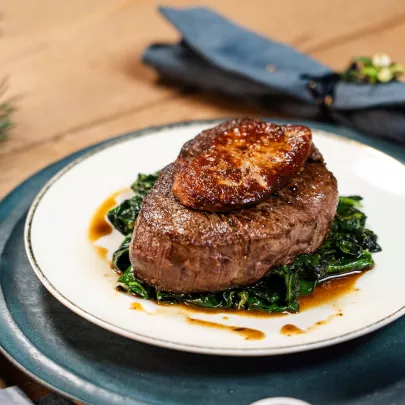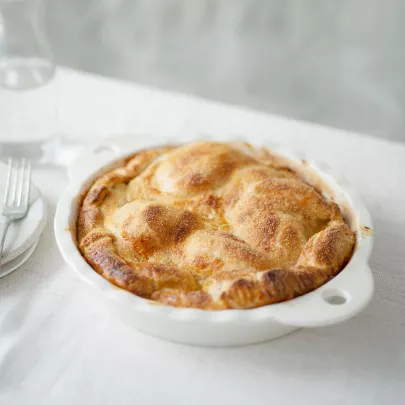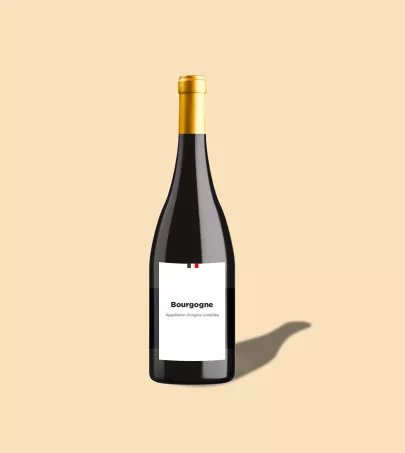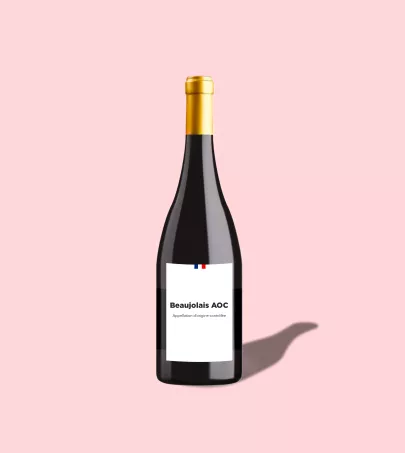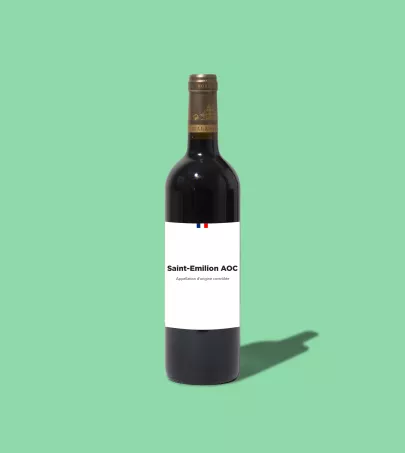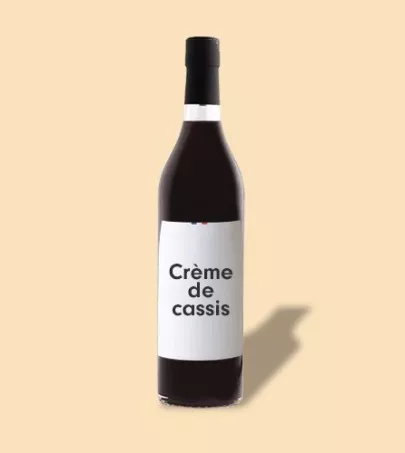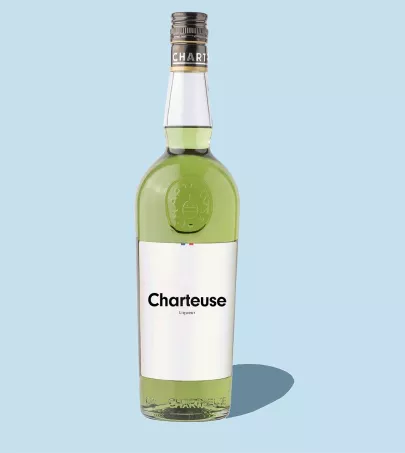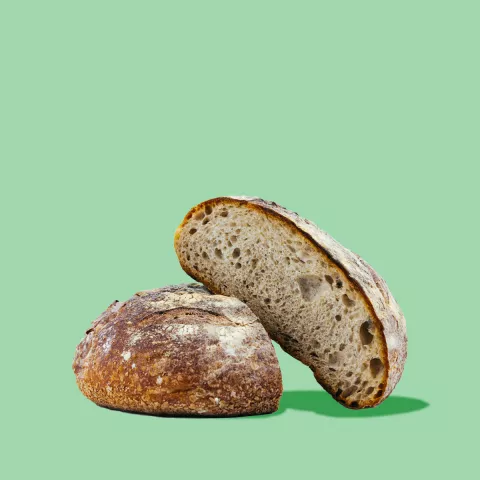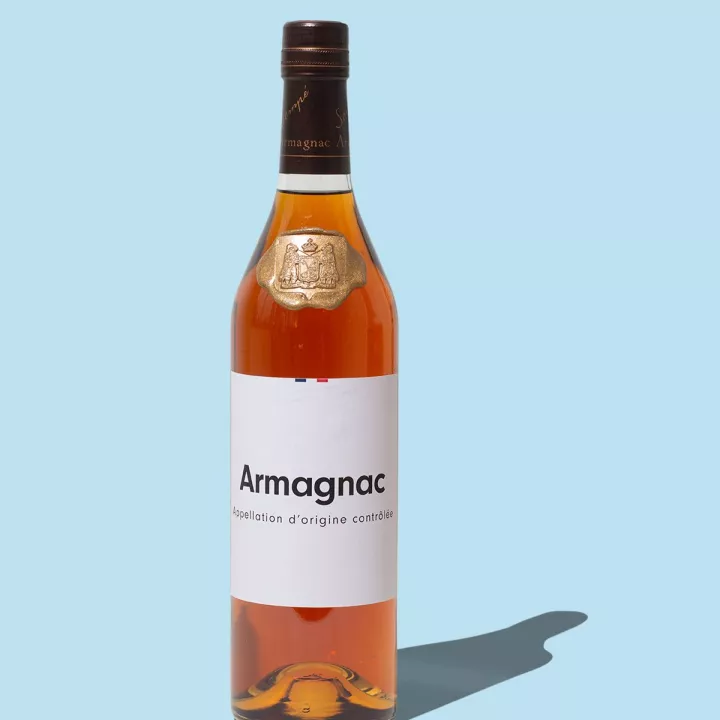
Armagnac AOC is France's oldest brandy. It is produced in Gascony. Originally used for medicinal purposes, it has acquired its reputation over centuries.
What you need to know
The first reference to Armagnac - as an apothecary's remedy - dates back to the 14th century, although the grape has existed in Aquitaine and Occitanie since ancient times. It began to take off in the 17th century, with the help of Dutch merchants looking for supplies of alcohol. At the time, the wines of Bordeaux were exclusively for the English, and transportation was expensive. To lower these costs, the wine was distilled to reduce its volume. This also meant it kept better during the journey. In the 18th century, alcohol was stored in oak casks, and it was discovered that this aging process gave it new aromas. The Armagnac still was developed in the 19th century and the phylloxera outbreak that affected the cognac grapes initially boosted demand for Armagnac. Its quality was improved, before the region's vineyards also fell victim to phylloxera. At the start of the 20th century, producers and traders joined forces and in 1936 obtained the AOC label. Work on quality has continued ever since.
The grape varieties used are Ugni Blanc (35%, for its good resistance to disease), Folle-Blanche (2%, historical variety but sensitive to disease), Colombard and Baco 22A (55%, hybrid of Folle-Blanche and the American Noah). There are 3 distinct terroirs. Bas-Armagnac to the west, with its sandy soils, produces brandies that are delicate, rounded and fruity. Armagnac Tenazère, in the center, has clay soils that produce full-bodied brandies. Haut Armagnac, which is predominantly chalky, is more understated. Blanche Armagnac, which was brought under the Armagnac AOC label in 2006, is a clear brandy that has not been aged in oak casks.
Armagnac is obtained by means of distilling white wines harvested in the appellation area from September to October. Distillation takes place in a "continuous" still, called an alambic armagnacais. The resulting brandy, which is very fruity, is then aged in large oak casks known as "pièces", which are stored in cellars. The reactions between the wood and the alcohol gradually enrich the flavors and the proportion of alcohol decreases. Armagnac is usually a blend not only of different grapes but also of different years. There are versions made with a single grape variety or grapes from a single year. Only Armagnac that has been aged for 10 or more years can be called "Armagnac millésimé" (vintage Armagnac).
The label tells you its age: *** VS indicates at least one year of aging in the cask, VSOP (Very Superior Old Pale), VO (Very Old) indicates at least 4 years, Extra, XO, Napoléon and Vieille Réserve indicate at least 5 years and Hors d'âge means 10 years or more. The age stated on a bottle is that of the youngest spirit contained in the blend.
Characteristics
Smell
Look
Taste
Editor's note
How to use
Tasting tips Armagnac AOC
To appreciate all the aromas, we recommend "chewing on" the Armagnac, sucking in air as you do so. Armagnac also lends itself to some delicious cocktails. It is traditionally used in cooking to flambé dishes, but can also be enjoyed as an accompaniment to certain dishes, for bolder pairings. Its uses depend on its age.
VS: in cocktails, cooking, as an aperitif or digestif
VSOP: in cocktails, paired with a meal or as an aperitif or digestif
XO: paired with a meal or as a digestif
Pair with
Savory: foie gras, honey-glazed duck, Roquefort
Sweet: Pear Charlotte, Tarte Tatin, prunes, chocolate desserts

